The NBA’s dress code was seen as policing Black culture. Instead it inspired a fashion revolution

Twenty years after the league introduced its controversial policy, many players see it as helping them develop self-expressionLonzo Ball’s froze in confusion.The question – “What do you think about the NBA dress code?” – hung in the air for a second before he cracked a sheepish grin.“There’s a dress code?” he said, smiling.Twenty years after the introduction of a rule that once roiled the league and ignited a culture war over image and identity, one of the NBA’s current players didn’t even know it existed.“Now do-rags are flying, along with jerseys and baggy stuff,” said Ball, a point guard for the Cleveland Cavaliers.
“I didn’t know we had a dress code,I just knew we had to put something on,”Former NBA commissioner David Stern instituted the dress code, which went into effect at the start of the 2005–06 season,The policy has been relaxed since Adam Silver succeeded Stern in 2014, but the initial rollout – as with most change – came with controversy and pushback,The code required all players to dress in business or conservative attire when arriving and departing games, on the bench when injured, and when conducting official NBA business.
Players bristled at the announcement because the policy effectively banned oversized T-shirts, do-rags, jerseys, and other “hip-hop-inspired” attire.The league’s move was widely seen as a critique of Black culture – a policing of expression and a response to the NBA’s discomfort with hip-hop aesthetics that had become inseparable from basketball itself.The backlash was immediate, loud, and deeply personal.For many, it was also a direct attack on Philadelphia 76ers guard Allen Iverson, who became the poster child for what not to wear.Iverson, then one of the biggest stars in the league, was known for his tattoos, braids, and baggy gear.
In a recent interview on The Breakfast Club radio show and podcast, Iverson said his influence on other players helped trigger the NBA’s response.“David Stern and the rest of the NBA were like, ‘No,’ because it was all right when I was doing it,” Iverson recalled.“But then everybody else said, ‘OK, if he can do that, we can do this.’ You see Kobe coming in with diamond chains and baggy clothes, and everyone started doing it.Then the league was like, ‘Hold on, we’ve got to do something about that.
’”Twenty years later, that moment – once seen as a culture war between the league office and players – has come to represent something far more complicated.Instead of erasing individuality, the rule inadvertently helped create a fashion renaissance that reshaped both the NBA and global style.What began as a mandate for “professionalism” evolved into tunnels lined with photographers, endorsement deals with high-fashion brands, and players driving global trends in ways the league never imagined.Former NBA forward Ira Newble, who remains racially conscious, vividly remembers the tension.“Everyone seemed upset and up in arms about the dress code,” Newble, who was playing for the Cavaliers when the ban came in, says.
“No one wanted to have a dress code.It was a big deal.”Players were used to traveling in sweats, hoodies, or whatever felt comfortable during long road swings.The style of the time – oversized clothing, long white tees, and baggy jeans – was heavily linked to hip-hop culture.“My style at that time reflected hip-hop culture,” Newble says.
“I had the braids and wore baggy clothes,The sentiment among players was that the NBA was trying to take away from the cultural end,Iverson was an influence of that culture,That’s what the controversy was about,It felt as though they were trying to change and get rid of hip-hop culture.
”But Newble also recognizes how the moment evolved.“Everything kind of grew in a different direction where hip-hop culture can still be embraced within the dress code,” he says.“So it’s cool to see how it evolved.”Inside the league offices, the intent was different, according to Kathy Behrens, the NBA’s president of social responsibility and player programs.“We felt at the time that it was important for our players to present themselves in a more professional fashion when on league business,” Behrens says.
“We were not demanding a suit culture, but we did want to raise the level of how players showed up.”She says the league anticipated pushback, but emphasized it was never meant to sanitize hip-hop expression.“We knew what the goal was, and it had nothing to do with changing our players’ fashion or culture,” she says.“We talked with many players about this change before implementing it.”What the NBA didn’t expect, Behrens admits, was what happened next.
“The reality is our players embraced the change very quickly and truly raised the level much higher than we anticipated,” she says.“Pre-game ‘fits’ became a thing.It soon became a competition over who could dress the best.How you dress became a cultural touchpoint.”Two decades later, the league still maintains a dress policy, though it has evolved with changing definitions of “professional attire” and is not as strict as it once was, allowing the players to be more creative with their fashion choices.
But the legacy remains,“When the people most impacted by it embrace it the way our players have, you have to feel that it worked as intended,” Behrens says,Sign up to Soccer with Jonathan WilsonJonathan Wilson brings expert analysis on the biggest stories from European soccerafter newsletter promotionWhen the rule came in, Jameer Nelson was in his second NBA season with the Orlando Magic,Nelson, now the 76ers’ assistant general manager, can appreciate how the policy unified the league,“So it didn’t affect me either way,” Nelson says.
“But it was cool to see the brotherhood, the fraternity of basketball players, move in the same direction, whether we liked it or not.”Nelson laughs at how players have flipped the narrative completely.“You can see now how the personalities are being shown through fashion,” he says.“I have my own style, more old school, more casual.Somebody told me yesterday I dress hip-hop slash front office.
”He says players today simply have more tools to showcase their creativity,“These brands, because of social media, take advantage of it,” Nelson says,“If social media was as big back in 2005, we probably would’ve done the same thing,Getting dressed is art,It’s how you express yourself without even speaking.
”Few players symbolize that shift more than those in the current era, where tunnel entrances resemble fashion runways and some players are followed by photographers and videographers from the parking garage to the locker room.Take Cavaliers star Darius Garland, considered one of the team’s most fashionable players.He marvels at how far things have come.“The league implemented a dress code 20 years ago – that’s crazy,” Garland says.“Now we can put on our own stuff.
We can express ourselves.”To Garland, fashion and business are intertwined.“A lot of guys have different avenues of revenue with clothing pieces,” he says.“Guys have Lululemon deals, Armani deals.It’s crazy now.
With the dress code not being a dress code anymore, it’s giving us money we can put in our pockets, and it lets us express ourselves.”If only the league had embraced a more relaxed dress policy earlier, says Garland.“Hip-hop culture influences basketball, and basketball influences hip-hop culture,” he says.“Everyone wants to see what athletes are wearing so they can wear it.We are the influencers.
”What began as a controversial, racially charged flashpoint has become a cultural engine, embraced by the league, celebrated by players, and followed by millions worldwide.The NBA tried to define professionalism.The players redefined it instead.The dress code did not suppress the culture.It amplified it.
Years later, the runway to the locker room, once a battleground, is now one of the most influential stages in global fashion,“You can trace the swag back to [Iverson],” Ball says,“The tattoos, the braids, the baggy stuff,We came a long way from [the NBA] punishing him for expressing himself,Now [hip-hop fashion] is at an all-time high again.
We need to give Allen Iverson a lot of respect.”
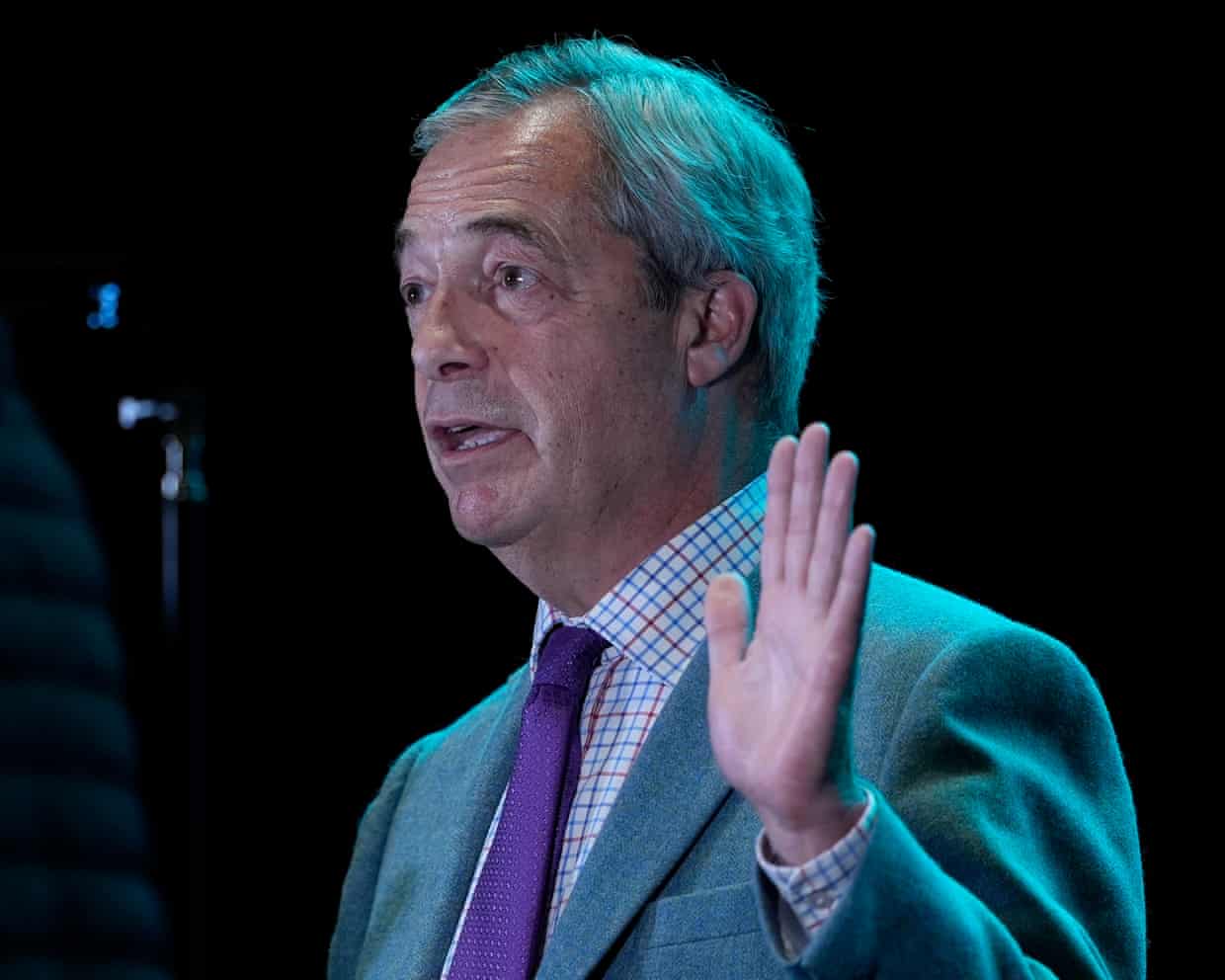
Nigel Farage responds to racism claims saying he never ‘tried to hurt anybody’
Nigel Farage has broken his silence nearly a week after he was accused by about 20 people of racism and antisemitism as a teenager, by saying he “never directly, really tried to go and hurt anybody”.His remarks came after the publication of a detailed investigation by the Guardian in which many of his school contemporaries claimed to be victims of, or witnesses to, repeated incidents of deeply offensive behaviour.The Reform party leader’s aides emphatically denied the allegations, saying that any “suggestion that Mr Farage ever engaged in, condoned, or led racist or antisemitic behaviour is categorically denied”.In a broadcast interview on Monday, Farage appeared to give a more nuanced response when he was asked if he had racially abused fellow pupils at school.He replied: “No, this is 49 years ago by the way, 49 years ago

BBC finds its happy place inflicting latest round of self-harm | John Crace
This was the BBC in its happiest of happy places. Sure the Beeb likes to do the news, but there is nothing it likes more than reporting on itself. The holy grail of its output. There are whole departments within the Beeb dedicated to making TV and radio programmes about other BBC TV and radio programmes.There can be no other organisation that subjects itself to quite so much self-analysis

UK politics: Risk of Maccabi Tel Aviv facing antisemitic attacks not ‘predominant’ reason for match ban, police tell MPs – as it happened
MPs have been told that the risk of antisemitic hate crime was not the “predominant” reason why West Midlands police wanted to ban Maccabi Tel Aviv fans from attending the Europa League match at Aston Villa.Mike O’Hara, WMP’s assistant chief constable, said in a letter to the Commons home affairs committee that the threat of violence by Maccabi fans was a more important consideration.The letter, which has been published this afternoon by the committee, confirms reporting by the Guardian last month which said that the fans were banned “after police intelligence concluded the biggest risk of violence came from extremist fans of the Israeli club”.Keir Starmer and other political leaders reacted with outrage after the ban was first announced in October. Starmer suggested the police were accepting they would not be able to protect the Maccabi supporters from antisemitic violence, and he said: “The role of the police is to ensure all football fans can enjoy the game, without fear of violence or intimidation
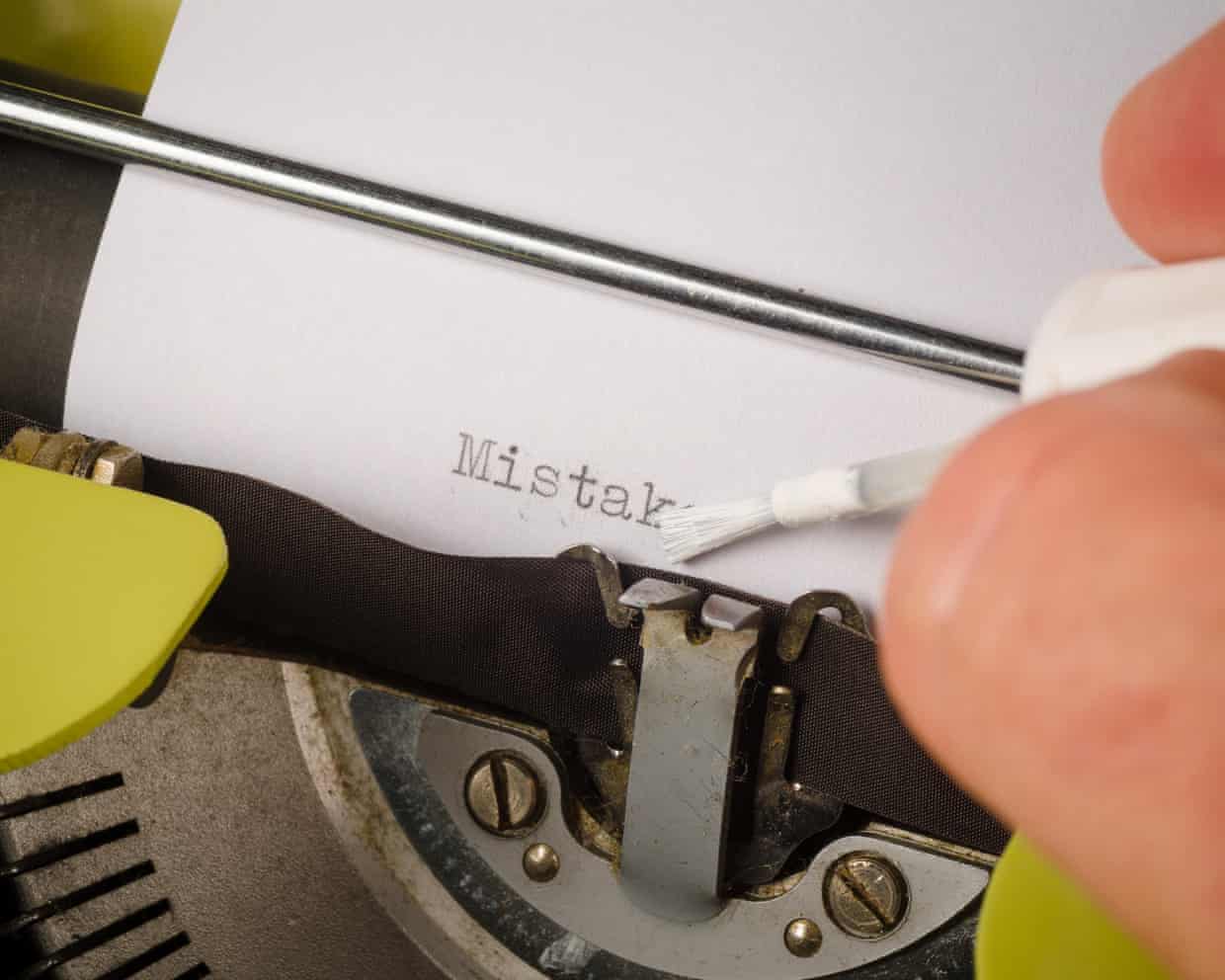
Political corrrectness that made me laugh | Brief letters
Among the endless gems in your paper, the Corrections and Clarifications column is an unheralded jewel. As well as a vehicle for setting the record straight, it is an endless source of wicked mirth. The first correction on 20November was: “An article referred to the current government as looking ‘on course to be the worst for living standards on record’. The analysis of official data on which this comment was based in fact related to the previous government.” I offer Labour the following advice: don’t give up! You have nearly four more years in office

Two peers suspended from House of Lords for breaking lobbying rules
Two long-serving peers are to be suspended from the House of Lords after a parliamentary watchdog ruled that they had broken lobbying rules.Richard Dannatt, a former head of the British army, and David Evans, Lord Evans of Watford, were filmed breaking the rules in undercover footage recorded by the Guardian.Lord Dannatt is to be suspended for four months after he was found to have broken the rules, having offered to secure meetings with ministers for a potential commercial client who wanted to lobby the government.He was secretly filmed telling undercover reporters he could make introductions to ministers and that he would “make a point of getting to know” the best-placed politician.After he was exposed in the undercover footage, the Guardian uncovered three further cases in which he had provided parliamentary services in return for payment

Lords rules and culture make it easy for peers to abuse privileged position
The former head of the British army Richard Dannatt and David Evans, or Lord Evans of Watford, a so-called high-level facilitator, have been found to have broken the House of Lords rules and are facing hefty suspensions as a result.The punishments follow official inquiries into their conduct, after undercover investigations by the Guardian revealed how the two peers separately offered to make introductions to ministers for a potential commercial client. A parliamentary watchdog ruled that the conduct was lobbying for personal profit, behaviour that breaks the fundamental principle that peers should always act solely for the public good.Lord Dannatt bragged to the undercover reporters that he would “make a point of getting to know” the best-placed minister, and make the relevant introduction, while Evans said how it was “great being a Labour peer at the moment because we’ve got our mates who now have senior jobs”. Both thought they were speaking to property developers offering a potentially lucrative deal
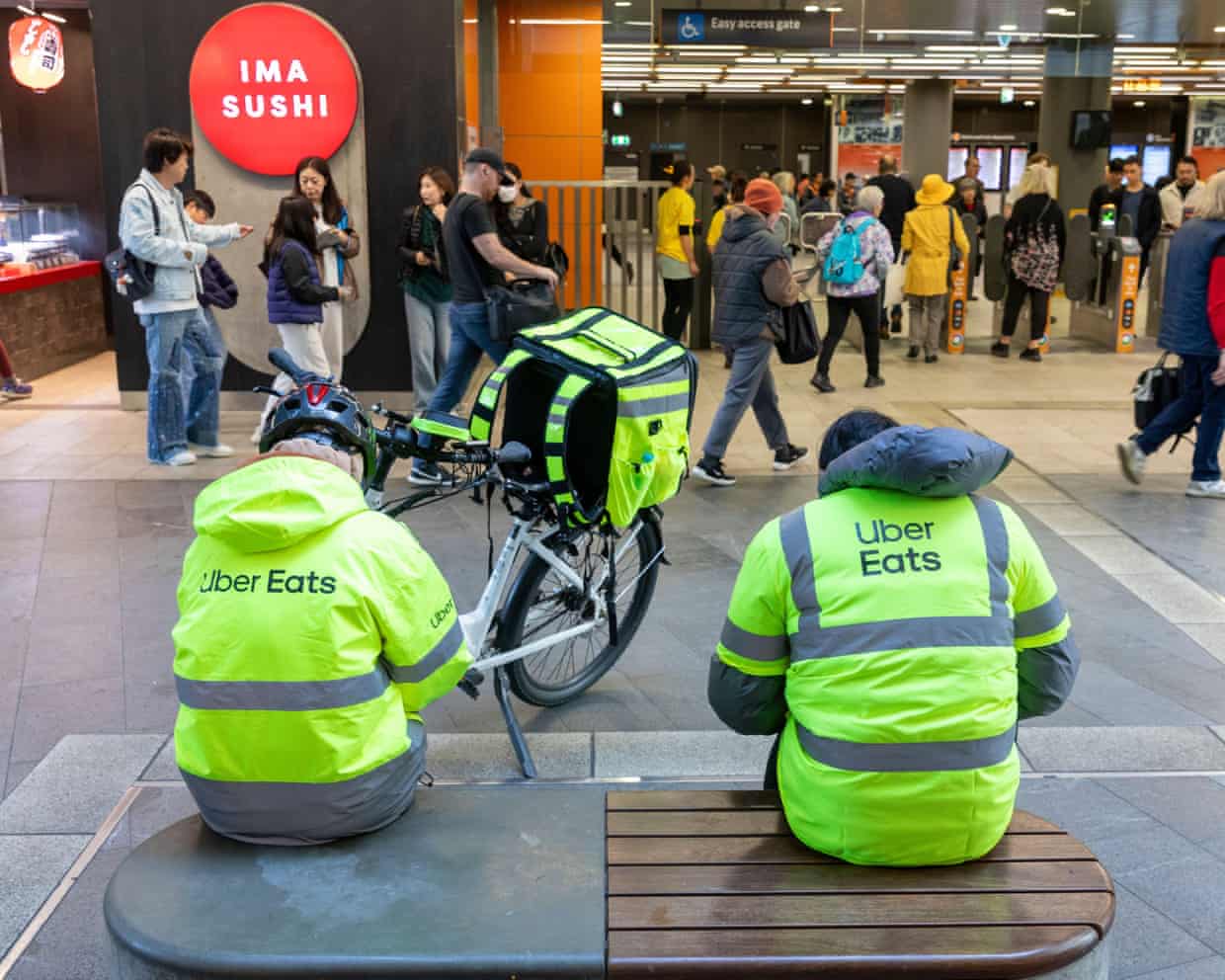
Australia is bringing in ‘world first’ minimum pay for food delivery drivers – here’s how it will work

‘Replacing the old, stuffy department store’: John Lewis boss on its revamp
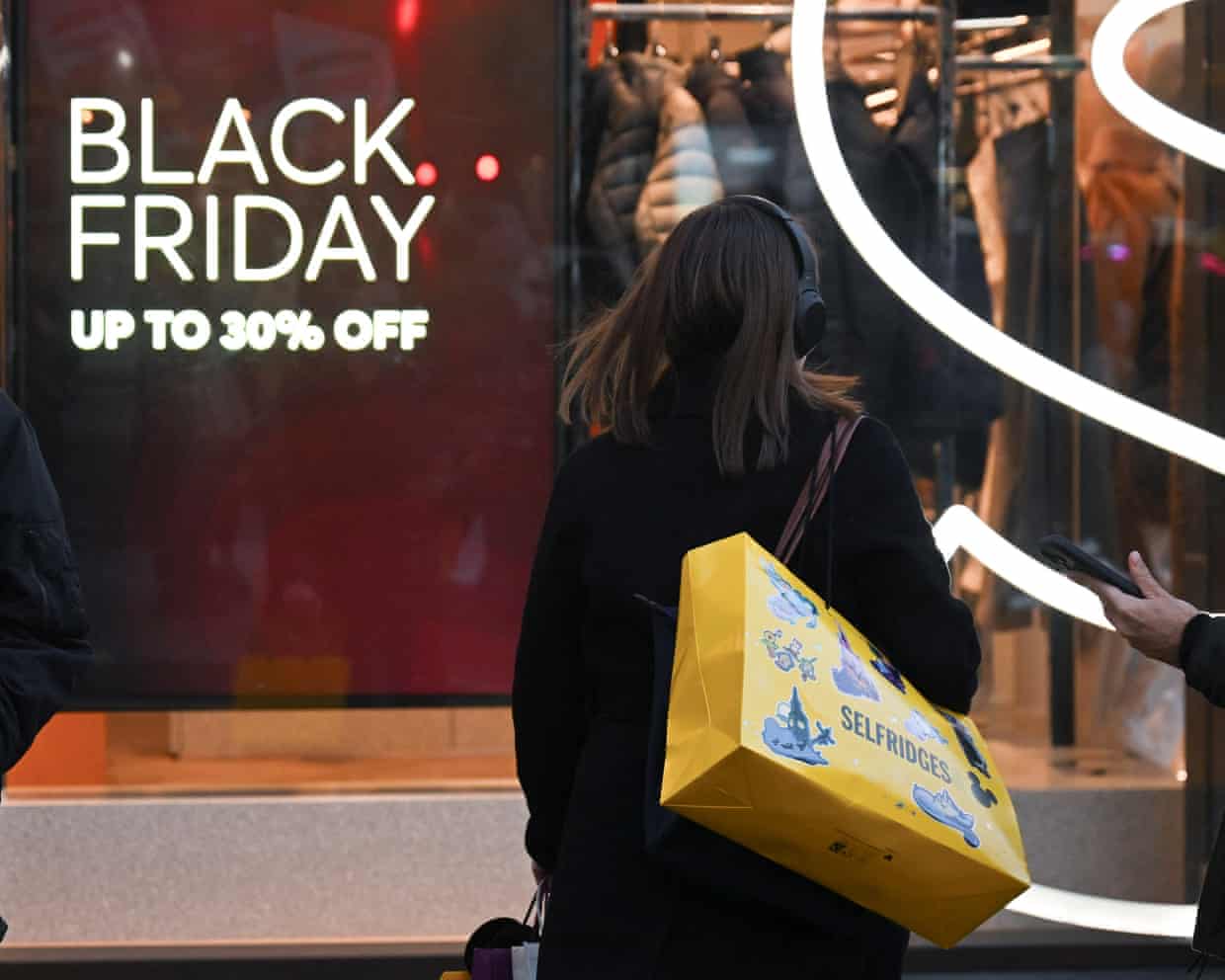
Black Friday discounts fail to offer cheapest prices, Which? research finds

Motability scheme to drop BMW and Mercedes as it aims to buy UK-made cars
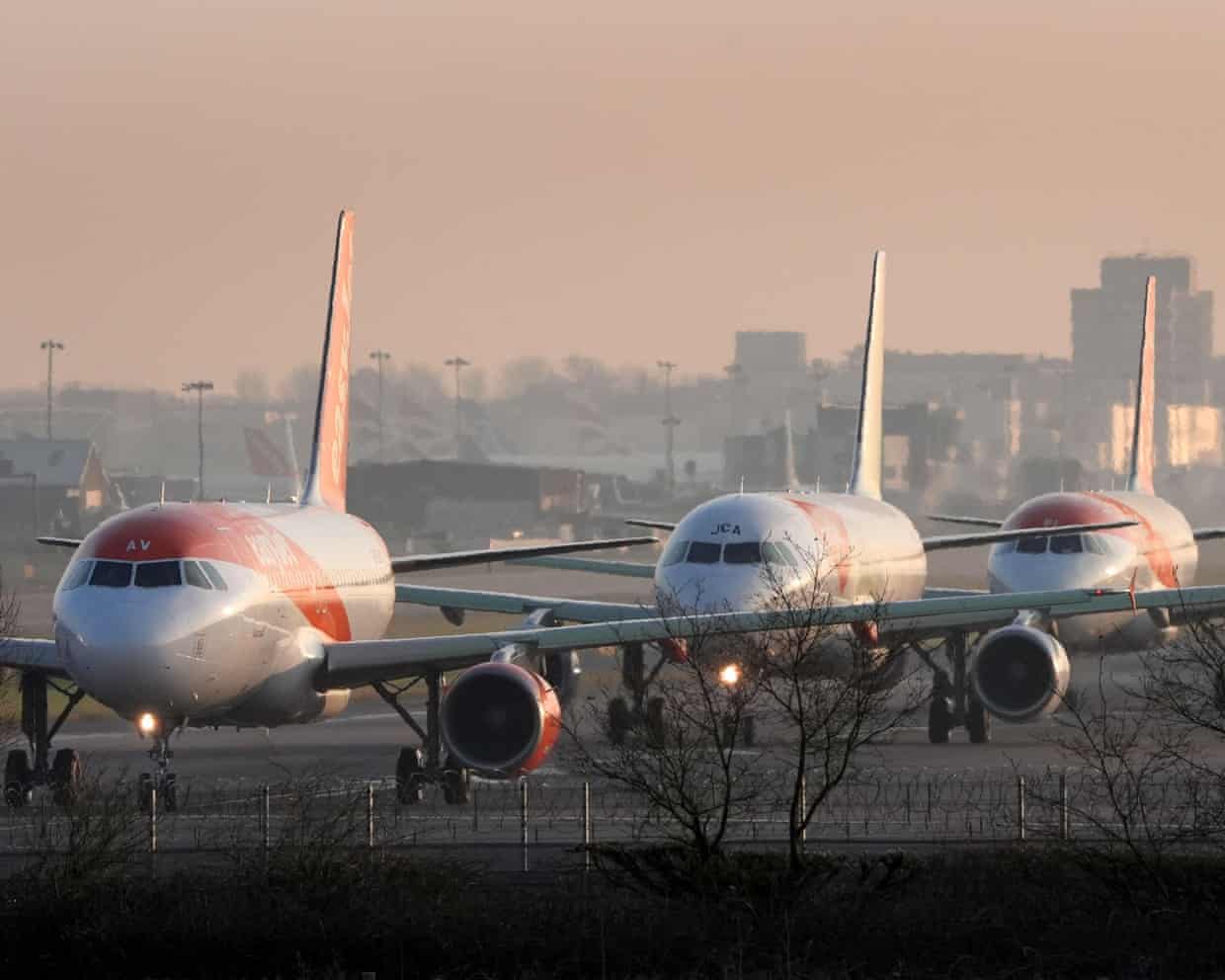
End the tax break that makes flying cheaper than trains | Letters

European defence company shares fall amid Ukraine peace talk hopes; Novo Nordisk reports Ozempic fails to help with Alzheimer’s – as it happened